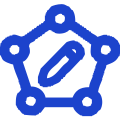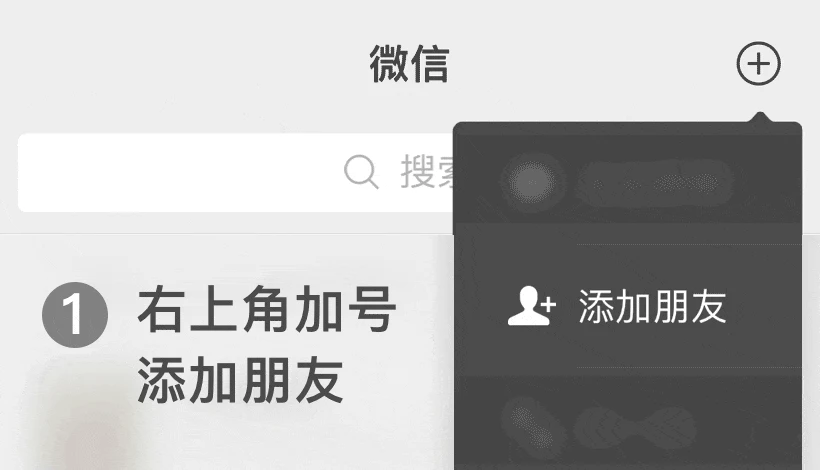_副本(1).jpg)
 Professional services are guaranteed
Professional services are guaranteed One on one full process guidance
One on one full process guidance Efficient and fast experience
Efficient and fast experience1. Background of standard development
ISO 50001 was first published by the International Organization for Standardization (ISO) in 2011 and updated to the latest version (ISO 50001:2018) in 2018. It integrates the High Level Structure (HLS) of the ISO management system and is compatible with standards such as ISO 9001 (Quality) and ISO 14001 (Environment), making it easy for enterprises to integrate multiple systems.
2. Core objectives
Systematic consumption reduction: Establish a continuously optimized energy management mechanism through the PDCA cycle (plan implement check improve).
Data driven decision-making: Quantitatively evaluate improvement effects based on energy baselines and performance indicators (EnPIs).
Full lifecycle coverage: covering the full chain management of energy procurement, conversion, distribution, and end use.
1. Wide applicability
Industry coverage: Manufacturing, energy intensive industries (steel, chemical), service industries (hotels, data centers), public institutions (government, educational institutions), etc. can all be applied.
Flexible scale: Suitable for different organizational sizes ranging from small and medium-sized enterprises to multinational corporations.
Regional universality: Following international unified standards to assist enterprises in meeting global market access requirements (such as the EU Carbon Border Adjustment Mechanism CBAM).
2. Strategic Value
Economic benefits: Directly reducing operating costs through energy efficiency improvements. For example, a certain steel company has optimized its hot rolling process and saved over 20 million yuan in energy costs annually.
Compliance driven: Meet policy requirements such as the Paris Agreement and China's "dual carbon" goals, and avoid risks such as carbon taxes and tariffs.
Brand premium: ESG rating enhancement enhances investor confidence and meets the green entry threshold for international brand supply chains (such as IKEA and Tesla requiring suppliers to pass ISO 50001 certification).
1. Integration of energy policies and strategies
Senior commitment: The management needs to develop an energy policy and clarify the collaborative path with business goals (such as a 20% reduction in energy consumption per unit of output).
Regulatory compliance: Ensure compliance with regional policies such as the EU Energy Efficiency Directive and China's Energy Conservation Management Measures for Key Energy Using Units.
2. Energy review and key control points
Energy flow analysis: Identify major energy uses (SEUs) and opportunities for energy performance improvement (such as air compressor waste heat recovery).
Benchmark setting: Establish comparable energy consumption baselines based on historical data or industry benchmarks.
3. Operation control and technological innovation
Standardized operating procedures: Develop SOPs for equipment start stop, maintenance, and upkeep to reduce unplanned energy waste.
Application of energy efficiency technology: Deploy smart meters, energy management systems (EMS), and Internet of Things (IoT) sensors for real-time monitoring.
4. Performance evaluation and continuous improvement
Dynamic monitoring: Track target achievement rate through EnPIs (such as kWh/ton products).
Management review: At least once a year, a high-level review is conducted to adjust energy targets and resource allocation.
(I.) Core application materials
1. System documents
Energy Management Manual: covers energy policies, goals, organizational structure, and responsibilities.
Program files: such as Energy Review Control Procedure, Operation Control Procedure, and Internal Audit Procedure.
Homework guidebook: Energy saving operating procedures for specific equipment or processes.
2. Energy review and data materials
Energy review report: including identification of major energy uses (SEUs), energy baseline, and analysis of improvement opportunities.
Energy data recording: historical energy consumption data (at least 1 year), metering instrument ledger, and calibration certificate.
Energy Performance Indicators (EnPIs): Quantitative indicators such as energy consumption per unit product and the proportion of energy costs.
3. Implementation and improvement evidence
Target achievement record: energy-saving project implementation report, energy consumption comparison analysis table.
Internal audit report: including records of non conformance rectification.
Management Review Report: The senior management's review conclusions and improvement resolutions on the operational effectiveness of the system.
4. Compliance certificate
List of laws and regulations: applicable energy regulations and compliance statements.
Energy audit report (if applicable): Energy audit results issued by a third-party organization.
5. Other supporting materials
Organizational Structure and Job Description: List of Energy Management Teams and Division of Responsibilities.
Training record: Proof of employee energy awareness and skills training.
Emergency plan: a response plan for energy supply interruption or major risks.
(II.) Application requirements
1. Legal registration:
The applicant must be a legally registered independent legal entity (enterprise, institution, government agency, etc.).
2. System operation requirements:
Complete the establishment and trial operation of the Energy Management System (EnMS) (usually taking more than 3 months).
Verify the effectiveness of the system through internal audits and management reviews.
3. Compliance Commitment:
Comply with national/regional energy related laws and regulations (such as China's Energy Conservation Law and EU carbon emission regulations).
4. Management support:
The top management needs to make a clear commitment to promote the construction of the energy management system and authorize resource investment.
The processing flow of ISO 50001 energy management system can be summarized as the following core stages:





Wechat ID:Siterui888888
Add a wechat friend to get free plans and quotations


 Contact
Contact
號(hào).jpg)



 定制化解決方案
定制化解決方案 專業(yè)咨詢指導(dǎo)
專業(yè)咨詢指導(dǎo) 透明化服務(wù)
透明化服務(wù) 長期顧問式合作
長期顧問式合作